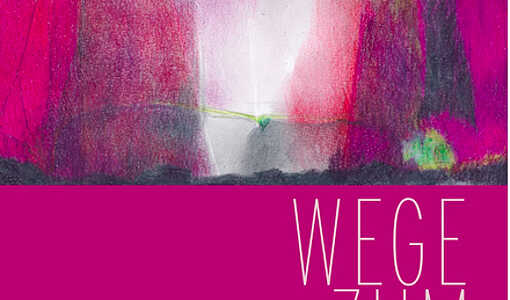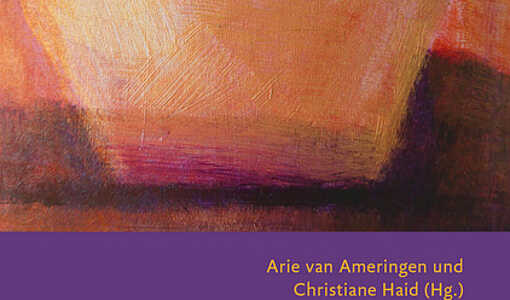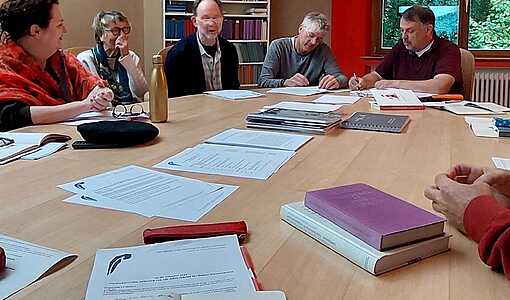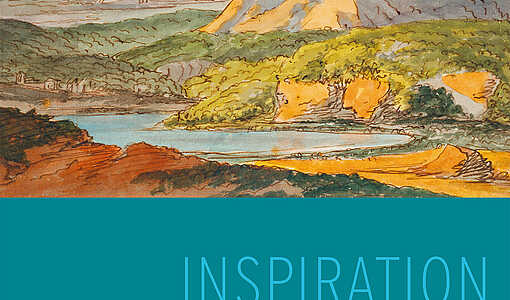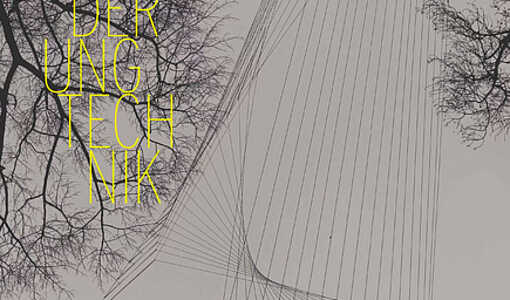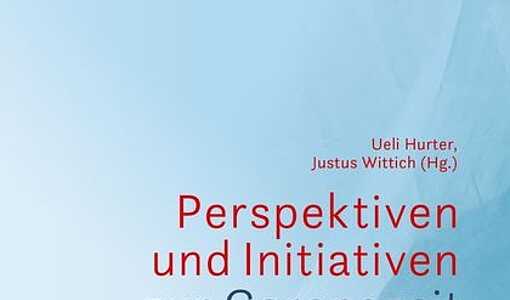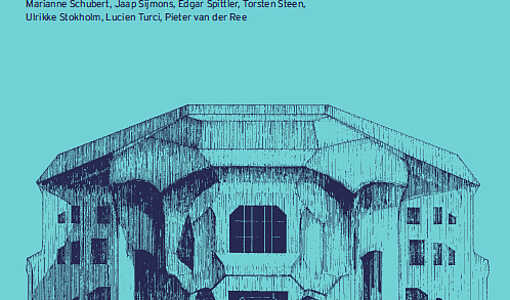Section for the Literary Arts and Humanities
“The connection to the spirit breaks if it is not maintained by beauty. The beauty connects the 'I' with the body.” Rudolf Steiner
The Literary Arts and Humanities are moving in a border area. They unite the scientific with the artistic approach to the world. Recognition is thus creative imagination. While in science man formulates general laws from the phenomena, through art he expresses their individual essence. By methodically combining both areas, scientific knowledge is tied back to the human being and thus brought to life again, while art is illuminated by consciousness and placed in a larger context. Progressive technology and mechanization raise the question of what is genuinely creative in human beings. It is central in the Fine Arts and thus forms the basis for all other sections of the School of Spiritual Science.
Specific areas of research are the vitalization of the word and language, the humanization of the human being through literature, Rudolf Steiner's science of the senses, transhumanism and digitalization, the artistic reception of anthroposophy and its mediation, and Rudolf Steiner's original contribution to philosophy.
Study and cultural conferences, colloquia and lectures on topics of the Literary Arts and Humanities are held regularly at the Goetheanum. Section groups work in nine countries.
WEGE ZUM GRAL • Easter Issue 1/2024 of the magazine «STIL Goetheanismus in Kunst und Wissenschaft»
Wherever the reality of the Grail is touched, a mystery opens up that cannot be grasped with words. It is in the nature of the Grail that it appears…
New release "Die Grundsteinmeditation und die Herausforderungen unserer Zeit"
In time for the 100th anniversary of the Christmas Conference in 2023 at the Goetheanum the collection "Die Grundsteinmeditation und die…
100 years of the Section for the Literary Arts and Humanities
From October 19 to 20, a meeting was held at the Goetheanum to mark the 100th anniversary of the Christmas Conference and the founding of the Section…
For the time being, the STIL magazine will only be published in German. An English translation of the STIL as an online edition is planned. If you are…
For the time being, the STIL magazine will only be published in German. An English translation of the STIL as an online edition is planned. If you are…
“The Dawn of the Beautiful: A Utopian Future?”
by Christiane Haid, Wochenschrift „Das Goetheanum“ 27/28, 2022
Perspektiven und Initiativen in der Corona-Zeit
Die Leitung der Freien Hochschule für Geisteswissenschaft am Goetheanum zeigt aus ihrem Verständnis des Lebendigen heraus mehrdimensionale…
